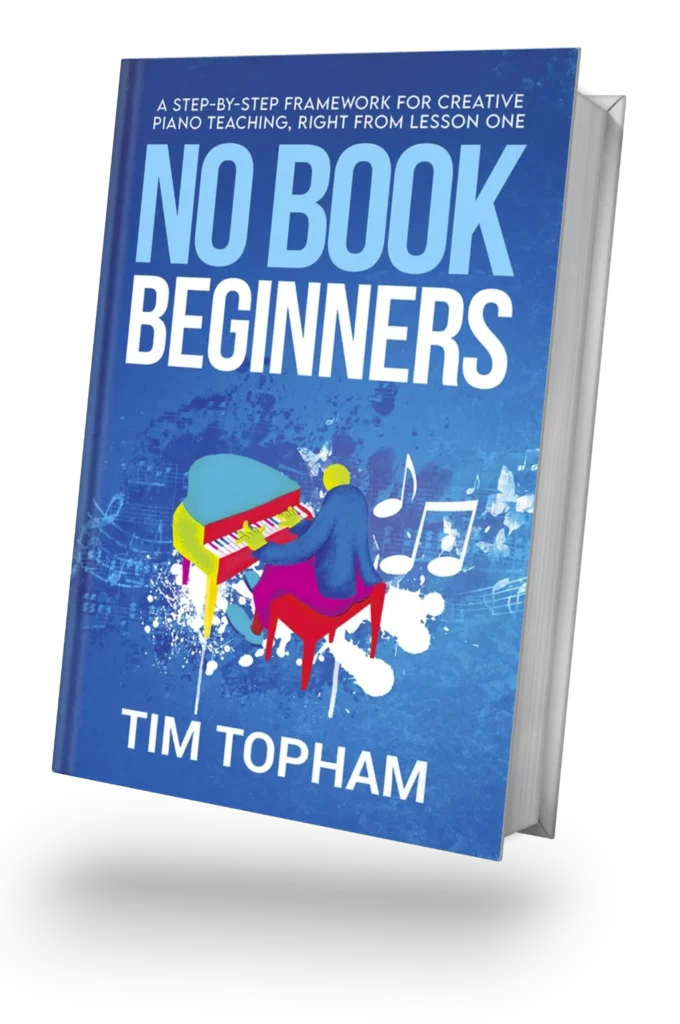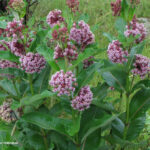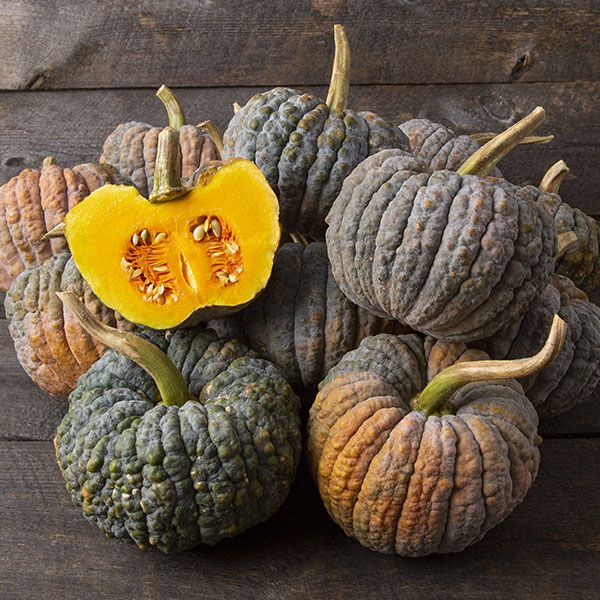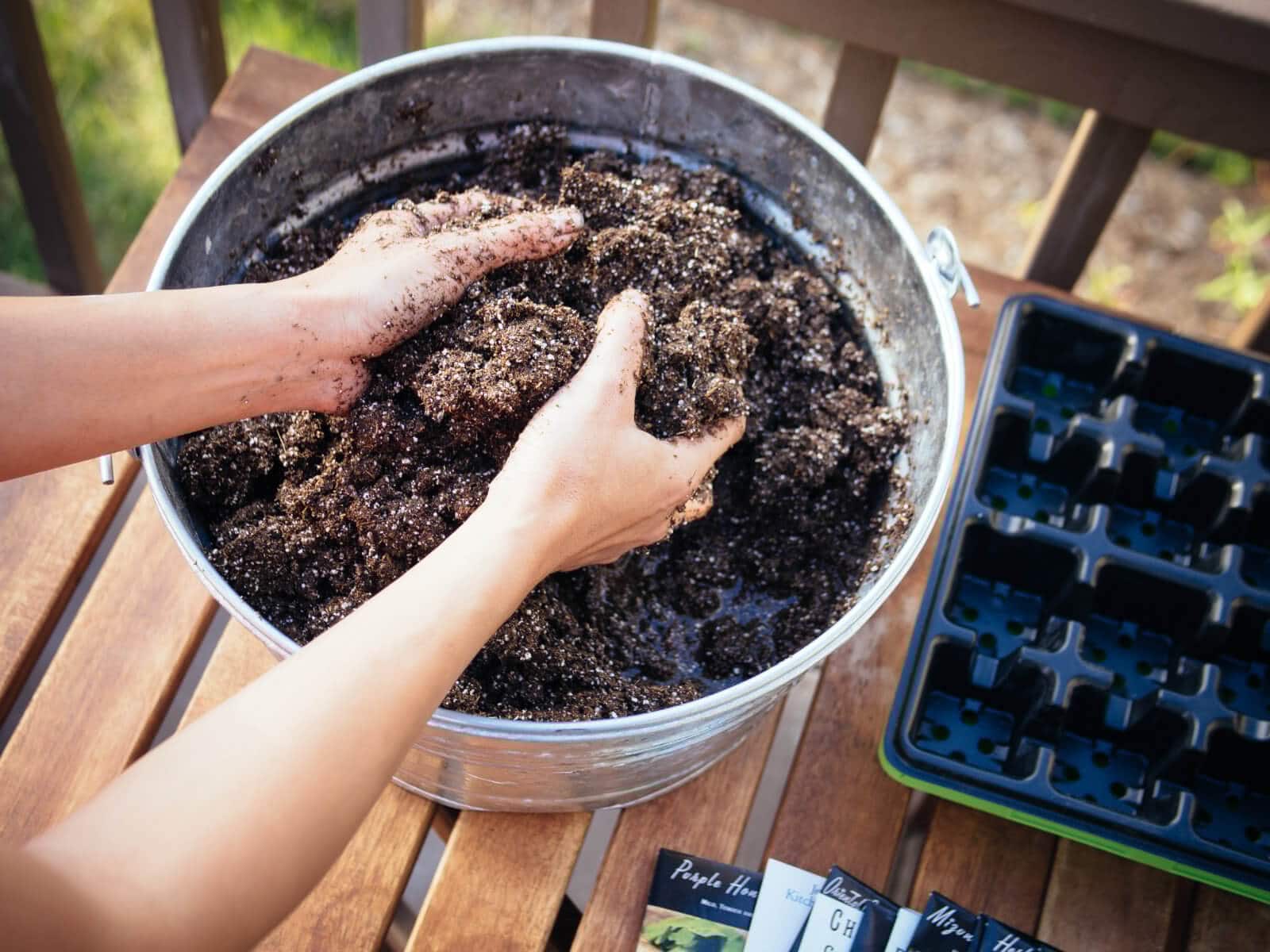Starting seeds indoors can be a fulfilling and practical approach to gardening, allowing you to get a jump on the growing season. With the right knowledge and tools, even beginners can see great success. This process, often referred to as “The Beginner’s No-Fail Guide to Starting Seeds Indoors,” sets you on the path to a bountiful garden before the last frost has thawed.
Understanding the fundamentals of indoor seed starting is crucial. From selecting the correct seeds to knowing when and how to transplant them outside, every step is an integral part of the journey. Whether you’re new to gardening or looking to refine your skills, this comprehensive guide walks you through the process with ease.
How to Start Seeds Indoors: The Ultimate Guide
Embarking on the journey of starting seeds indoors involves a few key steps. First, ensure you have the necessary supplies such as seed trays, quality seed-starting soil, and proper lighting. Begin by filling your containers with the soil, planting the seeds at the appropriate depth, and providing consistent moisture and warmth to encourage germination. It’s essential to keep the environment stable to avoid disrupting the delicate growth process.
Monitoring the progress of your seeds is a diligent task. As they sprout, it’s vital to provide adequate lighting—preferably from grow lights to simulate natural sunlight. This prevents seedlings from becoming leggy and weak. Remember, patience and attention to detail are your greatest allies in the quest for robust seedlings.
As your seedlings develop, they’ll require more space, nutrients, and eventually, acclimation to the outdoor environment. This process of “hardening off” gradually introduces them to the elements outside, ensuring a successful transition from the controlled indoors to the unpredictable outdoors.
When Should You Start Seeds Indoors?
The timing for starting seeds indoors varies based on the plant species and your local climate. Generally, you’ll want to begin 6-8 weeks before the last expected frost date in your area. Research your specific crops to determine their unique needs and calculate the ideal start date accordingly.
Utilizing a gardening calendar can be exceptionally helpful in this planning stage. It allows you to map out which seeds to start at different times, ensuring a staggered and manageable growth pattern. This way, you’re not overwhelmed with too many seedlings at once and can provide each plant the care it deserves.
Being mindful of the timing can also help prevent issues like transplant shock, as your seedlings will be adequately matured and ready to face the conditions outdoors when the time comes.
What Supplies Do You Need for Indoor Seed Starting?
To successfully start seeds indoors, you’ll need a few basic supplies:
- High-quality seed-starting mix
- Seed trays or pots
- Grow lights or a sunny window
- Heat mats for warmth
- Humidity domes or plastic covers
- Labels to keep track of plant varieties
- Watering can or bottle with a gentle spray
It’s worth noting that while some items like grow lights and heat mats are highly beneficial, they are not always absolutely necessary. What’s crucial is providing a stable, nurturing environment for your seeds to flourish.
How to Sow Seeds Indoors in Different Containers?
The choice of containers for starting seeds can vary greatly and often includes repurposed items from around your home. Whether you use seed trays specifically designed for the task or small cups with drainage holes, the key is ensuring your containers provide ample space for root growth and are clean to prevent disease.
When sowing seeds, use a fine seed-starting mix and plant seeds at the depth recommended on the seed packet. Label each container with the plant name and date sown to track progress. Always water gently to avoid displacing the tiny seeds.
Creating a mini greenhouse effect by covering your containers with plastic wrap or a dome can help maintain humidity levels and warmth, both crucial for germination. Once seeds have sprouted, remove the cover to allow for air circulation and prevent mold growth.
What Are the Best Tips for Caring for Seedlings?
Caring for seedlings involves a balance of moisture, light, and temperature. Water consistently but avoid overwatering, as damp conditions can lead to fungal diseases like damping-off. Always water from below if possible, to encourage strong root growth and prevent disturbing the soil surface.
Strong light is essential for healthy seedling growth. If you can’t provide enough natural light, invest in grow lights and keep them on for about 12-16 hours a day. This mimics the natural light cycle and prevents seedlings from stretching toward light sources.
Good air circulation is another critical factor in seedling care. A small fan on a low setting can provide enough airflow to strengthen plant stems and ward off disease. Just be careful not to aim it directly at your delicate plants.
How to Transplant Seedlings Successfully?
Transplanting seedlings starts with the hardening off process, where plants are gradually exposed to the outdoors. Increase their outdoor time daily over the course of a week. When transplanting, be gentle to avoid damaging roots and stems. Plant at the same depth they were growing at indoors, and water thoroughly to settle them into their new home.
Watching for signs of transplant shock, such as wilting or leaf discoloration, is vital. If symptoms occur, provide shade and keep the soil moist. With careful monitoring and a bit of TLC, your seedlings will soon adjust and begin to thrive in their outdoor environment.
Remember to space your seedlings according to the recommendations for their species. Proper spacing encourages airflow and reduces competition for nutrients, light, and water, leading to healthier, more productive plants.
Why Is Indoor Seed Starting Beneficial?
Starting seeds indoors offers several advantages. It extends your growing season by allowing you to start plants earlier than if you were sowing directly outdoors. Additionally, it provides a controlled environment for germinating seeds that require specific conditions, such as consistent warmth and moisture.
Indoor seed starting also saves money, as seeds are generally less expensive than purchasing established plants. It allows you to grow a wider variety of plants, including heirloom and specialty varieties that may not be available at local nurseries.
Moreover, by starting your own seeds, you have complete control over the growing conditions from the very beginning, which can lead to healthier plants and a more successful garden overall.
Frequently Asked Questions on Starting Seeds Indoors
When should I start seeds indoors?
Timing for starting seeds indoors largely depends on the plant variety and your local climate. Start seeds 6-8 weeks before the last expected frost date. Some plants may require a longer indoor period, so always refer to the seed packet or a reliable gardening calendar for guidance.
This allows enough time for seedlings to grow strong before being transplanted outside. Starting too early can lead to overgrown seedlings, while starting too late may not give them enough time to mature before planting.
How do I start seeds indoors without grow lights?
If you don’t have grow lights, place your seedlings near a sunny south-facing window where they can receive at least 6-8 hours of sunlight per day. Rotate the plants regularly to ensure even growth. Supplement with additional light if needed using a standard fluorescent lamp.
Remember that natural sunlight may not be as intense as grow lights, so increased exposure times might be necessary. Watch for signs of insufficient light, like leggy or pale seedlings, and adjust their position or lighting accordingly.
What supplies do I need for starting seeds indoors?
You will need seed trays or pots, seed-starting mix, seeds, labels, a water source like a spray bottle or watering can, and a light source. Optional but helpful items include heat mats, humidity domes, and a fan for air circulation.
Keep in mind that quality supplies can make a significant difference in the success rate of your indoor seed starting endeavors. Investing in good-quality soil and reliable containers can lead to healthier, stronger seedlings.
What are the best containers for starting seeds indoors?
Containers for starting seeds indoors can include seed trays, peat pots, plastic pots, or even repurposed household items like egg cartons or yogurt cups. Ensure they have drainage holes and are clean to prevent disease.
The best containers are those that suit the size of the seedlings and fit well within the space you have available. Some plants may need deeper containers for proper root development, so consider the specific needs of your plants when choosing.
How do I care for seedlings after they sprout?
Once seedlings sprout, provide consistent moisture, adequate light, and maintain a stable temperature. Gradually reduce humidity to harden off the seedlings and prepare them for outdoor conditions. Transition them outside over a week, increasing their exposure to the elements each day.
Monitor your seedlings for signs of stress and adjust their care accordingly. Proper care after sprouting is crucial to develop strong, resilient plants ready for transplanting into your garden.
For a visual guide on seed starting indoors, check out this informative video:
In conclusion, starting seeds indoors is a valuable skill for any gardener. By following this no-fail guide, you can enjoy the satisfaction of nurturing a plant from seed to harvest. Remember, every plant has its own set of needs, but with careful attention and the right conditions, you can create a thriving indoor garden that will transition beautifully into the outdoors.





